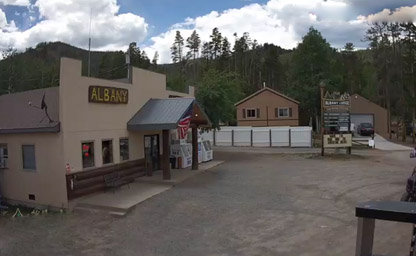
Laramie
A city in and the county seat of Albany County

A city in and the county seat of Albany County
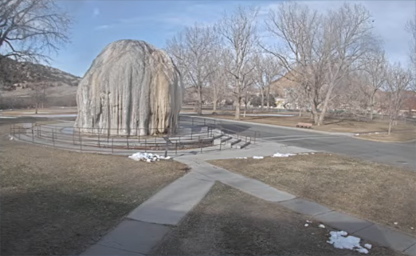
The giant mineral dome in Thermopolis is called Teepee Fountain
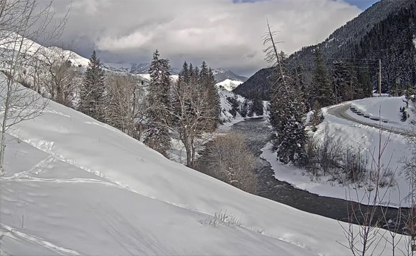
Long tributary of the Snake River in the U.S. state of Wyoming
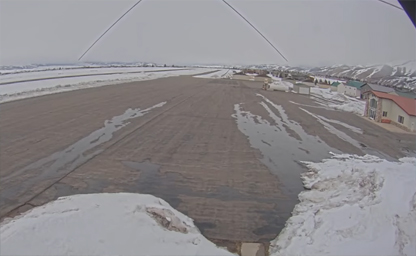
Situated one nautical mile southwest of the central business district of Afton
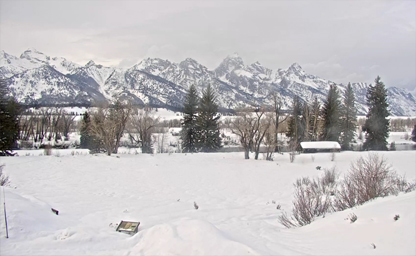
Situated in the heart of Jackson Hole on the bank of the Snake River
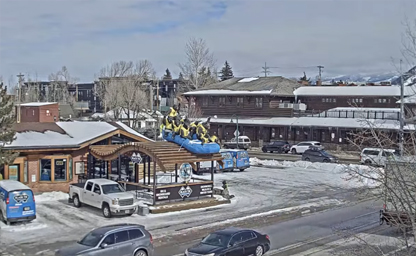
Jackson's highest-rated and most-loved rafting trips
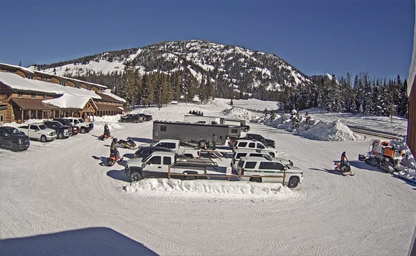
Situated in the countryside down the road from Jackson
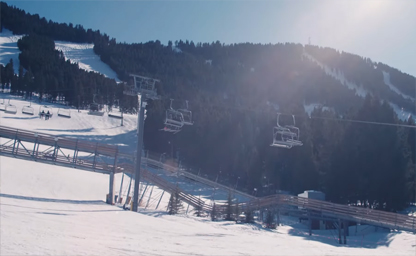
Year-round destination with Jackson Hole skiing and summer activities
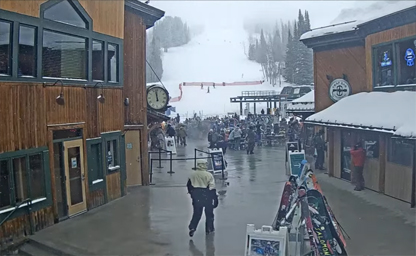
A year-round basecamp in Wyoming's Teton Range
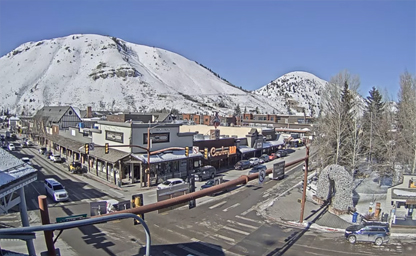
Formally named George Washington Memorial Park
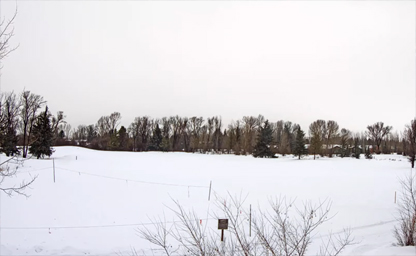
Situated just outside the Park on the southern border between Jackson Hole and Grand Teton National Park
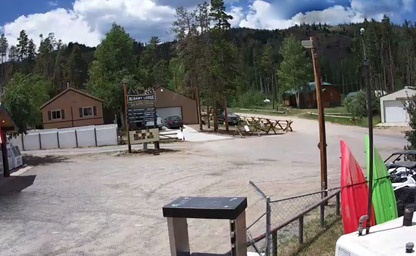
Situated on the beautiful Laramie River in southeastern Wyoming
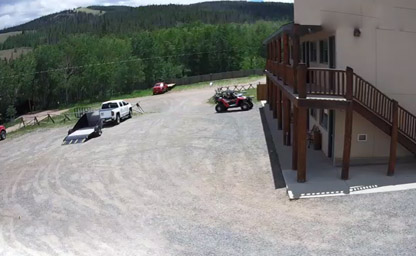
View current ski weather and road conditions on I-80
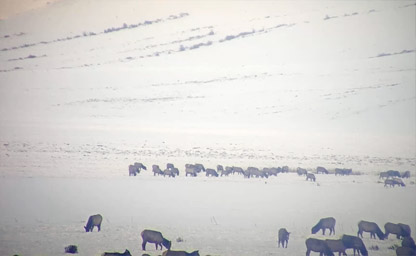
Peaceful haven away from Jackson’s bustling atmosphere
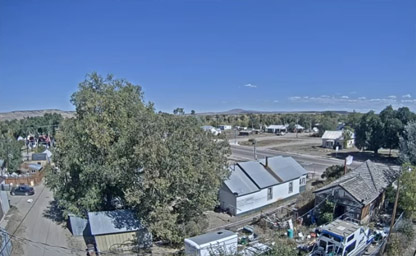
A small but historically rich town located in the southern part of Carbon County
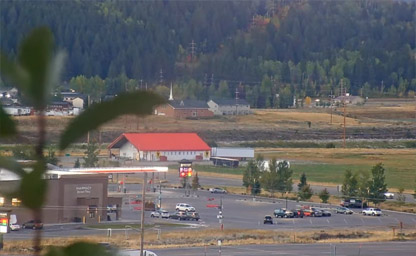
See Jackson Hole Wyoming and Grand Teton
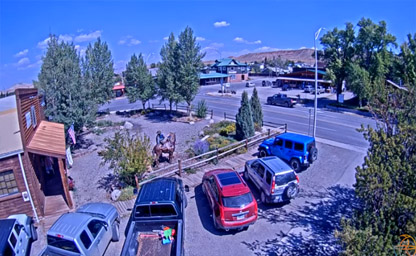
A charming hidden gem with the authentic feel of the Frontier
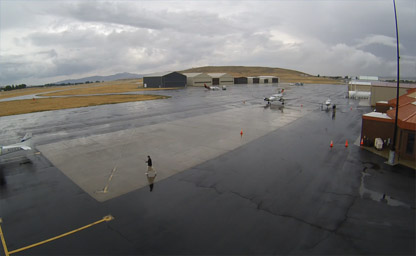
It is the only commercial airport in Park County Wyoming
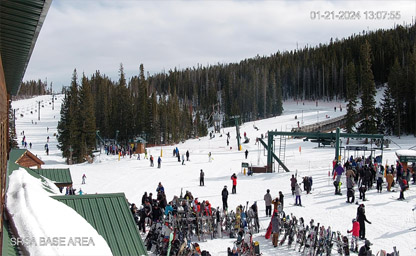
Located in the beautiful Medicine Bow National Forest
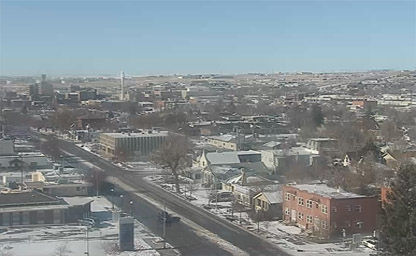
The city has a long history of oil boomtown and cowboy culture
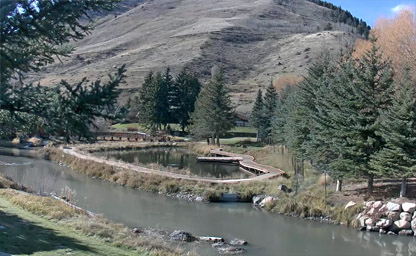
A Wildlife Refuge situated in Jackson Hole
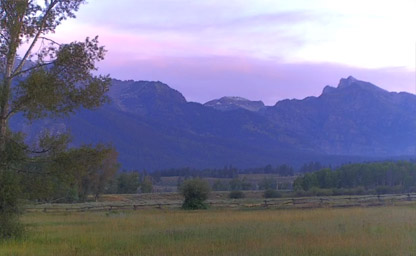
A census-designated place in Teton County
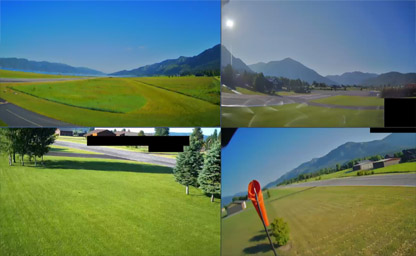
A great destination for a true western experience both in Summer and Winter
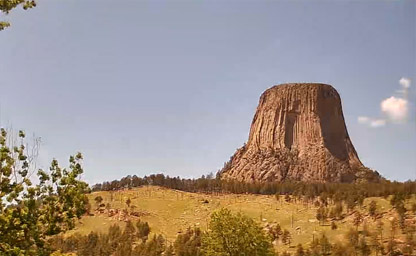
America's first National Monument
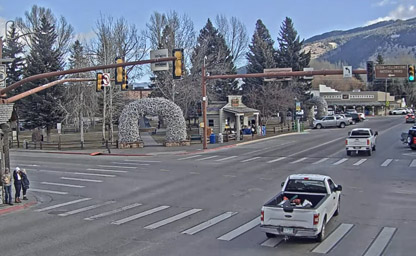
Situated at the center of Jackson, Wyoming

Views to the east, south and north overlooking the beautiful National Elk Refuge
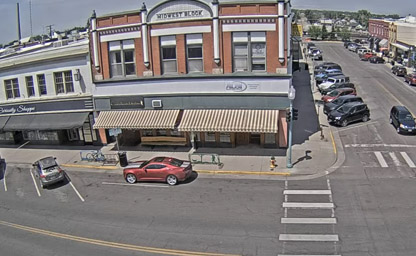
The third-largest city in Wyoming
IpLiveCams provide an incredible way to experience the Cowboy State’s stunning natural beauty, rich wildlife, and historic landmarks in real time. From the rugged peaks of the Rocky Mountains to the vast open plains, these cameras capture Wyoming’s breathtaking landscapes and untamed spirit.
Nature enthusiasts can explore iconic locations such as Yellowstone National Park and Grand Teton National Park through live feeds. These webcams showcase majestic geysers like Old Faithful, serene alpine lakes, and diverse wildlife, including bison, elk, and grizzly bears.
For a glimpse into Wyoming’s charming towns and cities, live streams from places like Jackson, Cody, and Cheyenne provide views of historic streets, bustling town squares, and cultural events such as rodeos and festivals.
Outdoor adventure fans will enjoy live feeds from ski resorts like Jackson Hole, Snowy Range, and Grand Targhee, offering real-time updates on snow conditions and scenic views of skiers and snowboarders in action.
Seasonal changes in Wyoming create a captivating visual experience through its webcams. Witness vibrant fall foliage, snow-covered mountain peaks in winter, blooming wildflowers in spring, and sunny summer vistas that highlight the state’s natural grandeur.
Whether you’re planning an outdoor adventure, exploring Wyoming’s rich history and culture, or simply enjoying its natural beauty from afar, live streaming cams offer an engaging and immersive way to connect with the spirit of the West.
Wyoming's history is deeply rooted in the story of the American West, shaped by Native American cultures, pioneering settlers, and the nation’s drive for expansion. For thousands of years, indigenous peoples including the Crow, Arapaho, Shoshone, and Lakota Sioux lived in the region, relying on its rich resources for hunting, fishing, and gathering. Their traditions and sacred sites, such as the iconic Devil’s Tower, are still honored and preserved today.
In the early 19th century, the region drew the attention of European explorers and fur trappers. The Louisiana Purchase of 1803 brought Wyoming under U.S. jurisdiction, and by 1807, John Colter, a member of the Lewis and Clark Expedition, ventured into what is now Yellowstone National Park. His tales of steaming geysers and boiling mud pots earned the nickname "Colter’s Hell," sparking curiosity about this mysterious land.
The Oregon, California, and Mormon Trails all passed through Wyoming during the mid-1800s, solidifying its role as a vital corridor for westward migration. Forts like Fort Laramie served as essential waypoints, providing supplies, safety, and rest for thousands of pioneers. The fort also became a focal point for negotiations and conflicts with Native American tribes as the U.S. government sought to control more land.
The late 19th century marked significant milestones in Wyoming’s development. The discovery of gold, coal, and other minerals brought miners and entrepreneurs to the region, establishing boomtowns and fueling economic growth. Railroads, including the Union Pacific, connected Wyoming to the rest of the country, facilitating trade and transportation.
In 1869, Wyoming earned the nickname "The Equality State" by becoming the first territory to grant women the right to vote, a landmark decision that reflected its progressive spirit. This move also allowed women to hold public office, with Esther Hobart Morris becoming the first female justice of the peace in the United States.
Wyoming achieved statehood on July 10, 1890, becoming the 44th state in the Union. Its vast, open landscapes and abundant wildlife inspired the creation of Yellowstone National Park in 1872, the first national park in the world. This act of preservation set a precedent for conservation efforts nationwide. Grand Teton National Park followed in 1929, further cementing Wyoming’s reputation as a sanctuary for natural beauty and outdoor adventure.
Today, Wyoming remains a symbol of the untamed American West. From the historic streets of Cheyenne to the preserved trails of Fort Bridger, the state’s landmarks tell stories of courage, conflict, and resilience. Its commitment to protecting natural wonders like Yellowstone and the Wind River Range ensures that future generations can experience the rugged landscapes and rich history that define Wyoming.
Wyoming’s climate is as diverse as its topography, ranging from the alpine chill of the Rocky Mountains to the arid conditions of its high plains. The state experiences a semi-arid to arid climate overall, with low humidity and significant variations in temperature based on altitude and location.
Winters in Wyoming are cold and often snowy, particularly in the mountainous regions. Average temperatures in January range from 5°F in the higher elevations to the 20s°F in the lower plains. Snowfall can be heavy, especially in areas like Jackson Hole and the Teton Range, which are popular for skiing, snowboarding, and other winter sports. Blizzards and strong winds are not uncommon, adding to the challenges and beauty of Wyoming winters.
Spring brings a gradual thaw to Wyoming, with temperatures rising into the 40s and 50s°F. The season is marked by unpredictable weather, with sunny days often followed by late snowstorms or sudden rain showers. Wildflowers begin to bloom, painting the landscapes in vibrant colors and attracting hikers and photographers to the state’s trails and meadows.
Summers in Wyoming are warm and pleasant, with average highs in the 70s and 80s°F. The low humidity makes even the hottest days comfortable, and the cool evenings provide relief from daytime heat. Summer is peak season for outdoor activities like hiking, camping, fishing, and exploring national parks. Visitors flock to Yellowstone and Grand Teton National Parks during this time to experience their geysers, lakes, and wildlife under clear, sunny skies.
Autumn in Wyoming is a breathtaking spectacle, with cooler temperatures and the vibrant hues of changing leaves. The fall foliage in the Teton and Bighorn Mountains is particularly stunning, attracting travelers looking to experience Wyoming’s natural beauty in a quieter, more serene season. Temperatures typically range from the 50s to 70s°F, making it an ideal time for outdoor exploration.
Wyoming’s climate is characterized by its variability, with conditions that can change rapidly, especially in the mountains. Wind is a defining feature of the state, with gusts that can reach high speeds, particularly in open plains and valleys. Despite its challenges, the climate enhances Wyoming’s rugged charm and offers opportunities for year-round adventure.
Wyoming is the 10th largest state in the United States, covering approximately 97,818 square miles, yet it is also one of the least populated, emphasizing its vast open spaces and untouched wilderness. The state is defined by its diverse landscapes, which range from towering mountain ranges to expansive plains.
The Rocky Mountains dominate the western part of Wyoming, including the Teton Range and the Absaroka Range. These dramatic peaks are home to some of the most iconic natural features in the country, such as Grand Teton National Park and the Bridger-Teton National Forest. The Snake River winds through this region, offering stunning vistas and opportunities for whitewater rafting and fishing.
Yellowstone National Park, located in the northwest corner of the state, is a geological wonderland filled with geysers, hot springs, and waterfalls. The park sits atop a volcanic hotspot, which fuels its geothermal features, including the famous Old Faithful geyser. Yellowstone Lake, one of the largest high-altitude lakes in North America, is another highlight of this unique region.
The central and eastern parts of Wyoming transition into the high plains, characterized by rolling hills, grasslands, and basins. The Great Divide Basin, a unique endorheic basin, lies in the state’s Red Desert, where water does not flow into any ocean but instead evaporates or seeps into the ground. The eastern plains are dotted with historical sites, including remnants of the Oregon Trail and Pony Express routes.
Wyoming’s natural landmarks also include Devil’s Tower, a striking monolithic butte in the northeastern part of the state. This sacred site for Native American tribes and the first U.S. National Monument, designated in 1906, attracts climbers and tourists alike.
The state’s rivers, including the Yellowstone, Platte, and Green Rivers, play crucial roles in its geography and history. These waterways provide essential resources for agriculture, recreation, and wildlife. Wyoming’s diverse ecosystems support a wide array of flora and fauna, from pronghorn antelope and bison to wildflowers and sagebrush.
Wyoming’s cities and towns, such as Cheyenne, Casper, and Jackson, serve as hubs of culture and history within these stunning landscapes. Cheyenne, the state capital, is known for its annual Frontier Days rodeo, while Jackson offers a gateway to the Tetons and a vibrant arts scene. Smaller communities across the state preserve Wyoming’s Western heritage, offering warm hospitality and a glimpse into its pioneer spirit.
When visiting Wyoming, be sure to explore the lesser-known Wind River Range. This hidden gem offers pristine lakes, rugged peaks, and world-class climbing, providing a quieter alternative to the more crowded national parks.
An interesting fact about Wyoming is that it is home to more pronghorn antelope than people. These animals, known for their speed and grace, are the fastest land mammals in North America, capable of reaching speeds up to 55 mph. Spotting these iconic creatures is a highlight of any trip to the Equality State.